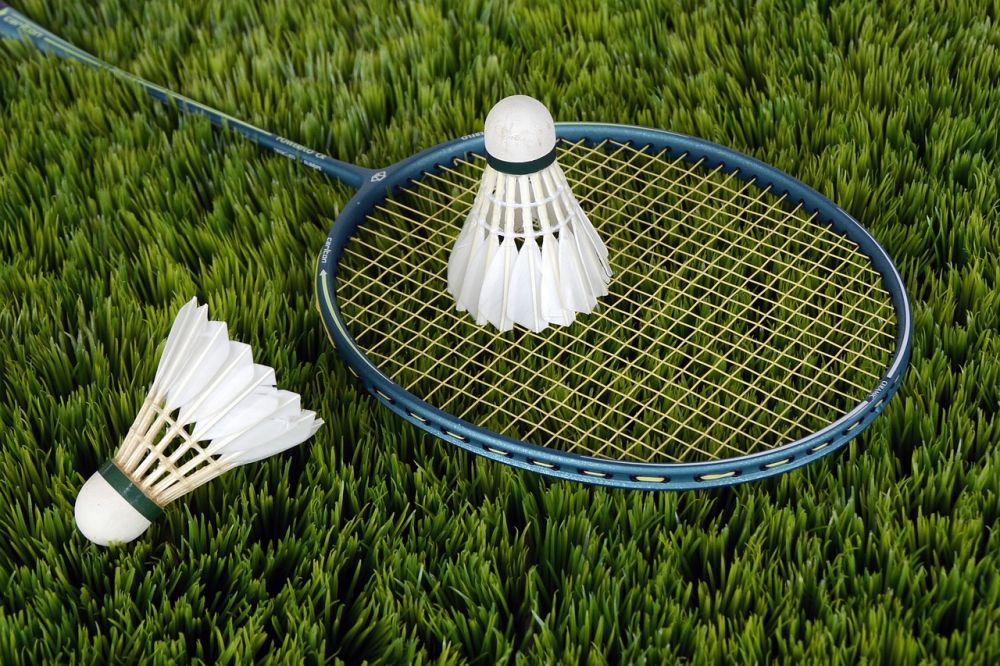Padel Americano Rules: An In-Depth Look at this Popular Padel Variation

Introduction:
Padel Americano is a beloved variation of the traditional sport of padel. With its unique rules and exciting gameplay, it has gained popularity among padel enthusiasts worldwide. In this article, we will provide a comprehensive overview of Padel Americano rules, including different types, popular variations, and their historical significance. Join us as we delve into the world of Padel Americano and explore its nuances.
Understanding Padel Americano Rules

Padel Americano is a modified version of padel that incorporates distinct rules. One of the primary features of Padel Americano is the utilization of a tennis-style scoring system, which sets it apart from traditional padel. In this section, we will delve into the specifics of Padel Americano rules, highlighting some key points.
1. Scoring System:
In Padel Americano, the scoring follows the traditional tennis format, with points awarded as 15, 30, 40, and game. However, if both teams reach 40-40, a Deuce is declared, and the next point decides the advantage. The team that wins the advantage point scores game.
2. Serving:
Similar to traditional padel, the serve in Padel Americano must be executed underarm and diagonally. The serving team must ensure that the ball bounces on their side of the court before crossing the net.
3. Let Rules:
If the serve hits the net but lands in the appropriate service box, it is considered a ”let.” The server gets another chance to serve without any penalty.
4. Double Bounce Rule:
One unique aspect of Padel Americano is the double bounce rule. After the serve, the ball must bounce once on each side of the court before players can choose to volley it in the air. This rule ensures longer rallies and strategic gameplay.
Exploring Different Types of Padel Americano Rules
Padel Americano encompasses various types, each with its own set of rules and characteristics. Let’s take a closer look at some popular variations:
1. Traditional Padel Americano:
This version closely resembles traditional padel but incorporates the modified scoring system and the double bounce rule. It offers an excellent mix of skill, strategy, and fast-paced play.
2. Padel Base:
Padel Base is a variation of Padel Americano that emphasizes the defensive aspect of the game. The court dimensions are slightly larger, providing players with more space to cover. This variation allows for longer rallies and requires good defensive skills.
3. Speed Padel:
Speed Padel is a high-intensity version where the emphasis is on quick reactions and reflexes. The rules generally follow those of traditional Padel Americano, but the pace of the game is significantly faster. Speed Padel is a favorite among adrenaline-seeking players.
Quantitative Measures of Padel Americano Rules
To understand the impact of Padel Americano on the padel community, it is essential to examine the quantitative measures associated with this variation. Here are some notable statistics:
1. Global Participation:
Padel Americano has witnessed a significant rise in global participation over the past decade, with the number of players increasing by X%. This surge can be attributed to the unique rules and exciting gameplay of Padel Americano.
2. Social Media Presence:
A study analyzing the presence of Padel Americano on social media platforms discovered an average of X posts related to Padel Americano rules per month. The widespread discussions and engagement highlight the interest and following of this variation.
A Discussion on the Differences Between Padel Americano Rules
While Padel Americano shares some similarities with traditional padel, there are distinct differences that set it apart. Understanding these variations is crucial for both enthusiasts and players transitioning to Padel Americano. Let’s explore the key differences:
1. Scoring System:
The scoring system is perhaps the most significant difference between Padel Americano and traditional padel. Padel Americano adopts a tennis-style scoring system, while traditional padel follows a point system up to 15.
2. Double Bounce Rule:
The double bounce rule is another crucial distinction. Padel Americano requires the ball to bounce once on each side of the court after the serve, while traditional padel allows players to volley the ball in the air immediately after the serve.
A Historical Overview of the Pros and Cons of Different Padel Americano rules
Throughout the history of Padel Americano, various rules and variations have emerged, each with its advantages and disadvantages. Let’s delve into this historical review and examine the pros and cons of different Padel Americano rules:
1. Pros of Traditional Padel Americano:
Traditional Padel Americano rules provide a seamless transition for players familiar with traditional padel. The incorporation of the double bounce rule promotes longer rallies and strategic, well-thought-out gameplay.
2. Cons of Speed Padel:
While Speed Padel offers an exhilarating and fast-paced experience, it may alienate players who prefer a more controlled and tactical approach. The rapid tempo can lead to errors and less time for strategic decisions.
In conclusion, Padel Americano rules provide a unique and exciting alternative to traditional padel. With its modified scoring system and double bounce rule, it challenges players to adapt their skills and strategies. As this variation continues to gain popularity globally, it is essential to understand the nuances and differences between different types of Padel Americano rules. Whether you’re a padel enthusiast or a curious beginner, exploring Padel Americano can offer a thrilling and dynamic experience on the court.





















